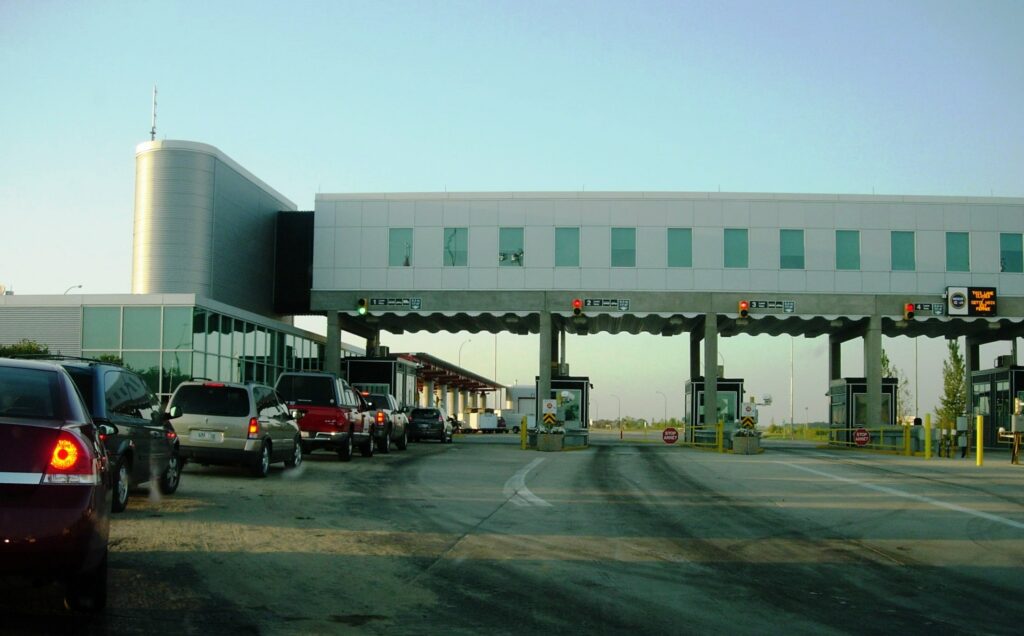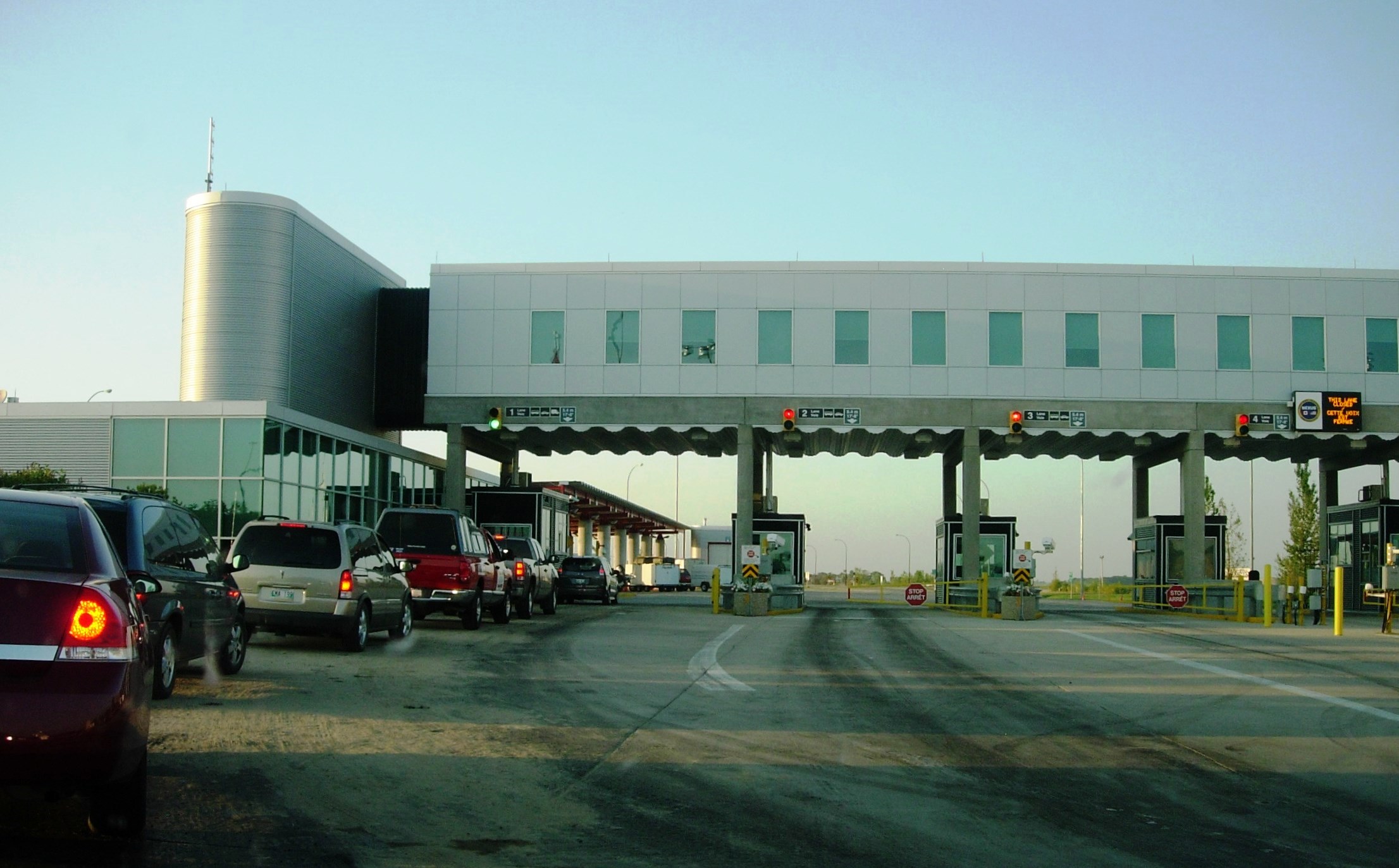Dorothy Dobbie
Is it time for a port authority at our Emerson border? At border crossings all across the country, Canadian commercial vehicles hauling goods into the United States are paying fees at their ports of entry.
Yet, at the same border crossings, incoming commercial traffic from the United States does not pay any fee at all.
Does this make sense?
The folks at the Emerson border crossing, Canada’s largest land based and most significant port of entry west of Windsor, don’t think so. They would like to see a Port Authority established at Emerson to modernize Canada’s antiquated system of handling cross border commercial traffic, to deal with the traffic clogs and bring prosperity to the surrounding neighbourhoods while filling government coffers through additional trade and opportunity.
Everyone seems to be on board: provincial politicians are all for it. The Feds say they have no objections. And it won’t cost taxpayers a dime.
So what’s holding things up?
It seems nothing much more than an inability to say “Yes” so that the wheels can be set in motion to make it happen.
Canada’s first land border duty free shop was established at Emerson, Manitoba, in 1982 by Michael Resch – and it’s now his son Simon, who together with his fellow directors of the board, is leading the charge on this new model for Canada’s land borders. The concept can be readily based on the models already established for airport authorities, such as the Winnipeg James A. Richardson International Airport. More recently inland port authority has been granted to CentrePort and several others in Western Canada. The Emerson-Pembina Port Authority would work closely with the Emerson-Franklin Community Economic Development Corporation and would be mandated to provide amenities and serve the needs of the cross border trade.
In general, port authorities are much like crown agencies of the federal government, which is the sole shareholder. However, they operate autonomously under the direction of a board of directors appointed by various levels of government and community.
Port Authorities
The Port Authorities set their own fees and act as landlords with all that this entails. They borrow their own funds, including funds for capital projects, although they can also apply for grants just like any other autonomous organization.

It is anticipated that the Emerson Port Authority would generate hundreds of millions of dollars in economic activity and about $77 million in tax revenues for all three levels of government, $35 million of that staying in Manitoba. The port processes more cargo and international travel than the airports of Winnipeg and Grand Forks combined, and more than 1,000 trucks pass through the port every day.
Meanwhile, traffic jams at the border from commercial traffic leaving Manitoba are common. Worst of all from the perspective of Michael Resch and his son, Simon, the lineups block the entrance to the duty free shop.
In 2018, Canadian Border Services and the U.S. Customs and Border Protection Agency undertook to make some improvements to the Emerson-Pembina Port of Entry. The improvements were jointly funded and are being rolled out in two phases. For phase one, they concentrated on expanding traffic opportunities on the U.S. side, enhancing traffic flow north from the United States in Canada. Phase two is still under study.
Unfortunately, for Manitoba and Canada, we continue to lose needed revenue due to a delay in decision making, not to mention that our traffic through the port is declining thanks to delays and inefficient operation. The approval of the Port Authority could resolve all the issues without being a burden on taxpayers. Everybody wins!
It is time for Canada to enter the 21st century at this port and there can be no excuses for not moving forward with the planned Port Authority, especially when its institution will generate revenue, ease congestion, modernize technological operations and improve border trade all around!


Comments are closed.